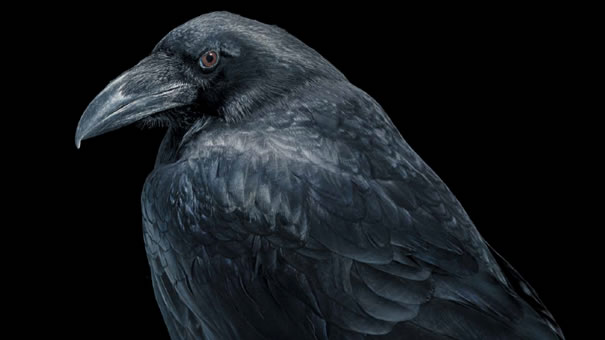2020-01-22

Corvids, parrots and other bird groups demonstrate complex cognition, including causal reasoning, mental flexibility, planning, social cognition and imagination. These cognitive abilities were a surprise to many scientists. They were not expected to be found in birds because of their small brains and the absence of a cerebral cortex. Onur Güntürkün now explains in Scientific American that it is possibly less of interest that both birds and mammals succeeded in growing smart. Rather this accomplishment came about through development of mostly identical neural mechanisms despite differently organized forebrains. Birds and mammals cognitively thrived by increasing neuron numbers. Mammals did so by expanding brain size and birds by amplifying neuron density. They both developed substantially similar networks of “cortical” connections and evolved “prefrontal” areas with identical physiological, neurochemical and functional features. The same can be said for cognition itself. The way birds and mammals learn, remember, forget, err, generalize and make decisions follows identical principles. This astonishing degree of similarity is only possible when nature offers severely limited degrees of freedom in generating neural structures for complex cognition. Birds and mammals evolved similar neural mechanisms and ways of thinking— taking different paths that ended in the same place.
Güntürkün, O., The surprising power of the avian mind, Scientific American, 2020, January, 48-55.

Corvids, parrots and other bird groups demonstrate complex cognition, including causal reasoning, mental flexibility, planning, social cognition and imagination. These cognitive abilities were a surprise to many scientists. They were not expected to be found in birds because of their small brains and the absence of a cerebral cortex. Onur Güntürkün now explains in Scientific American that it is possibly less of interest that both birds and mammals succeeded in growing smart. Rather this accomplishment came about through development of mostly identical neural mechanisms despite differently organized forebrains. Birds and mammals cognitively thrived by increasing neuron numbers. Mammals did so by expanding brain size and birds by amplifying neuron density. They both developed substantially similar networks of “cortical” connections and evolved “prefrontal” areas with identical physiological, neurochemical and functional features. The same can be said for cognition itself. The way birds and mammals learn, remember, forget, err, generalize and make decisions follows identical principles. This astonishing degree of similarity is only possible when nature offers severely limited degrees of freedom in generating neural structures for complex cognition. Birds and mammals evolved similar neural mechanisms and ways of thinking— taking different paths that ended in the same place.
Güntürkün, O., The surprising power of the avian mind, Scientific American, 2020, January, 48-55.